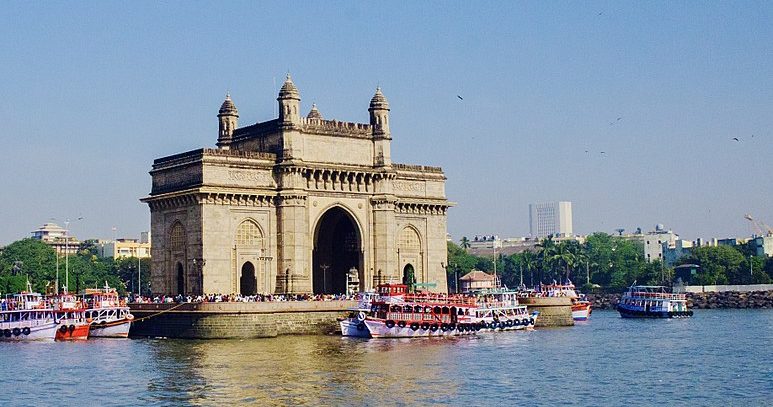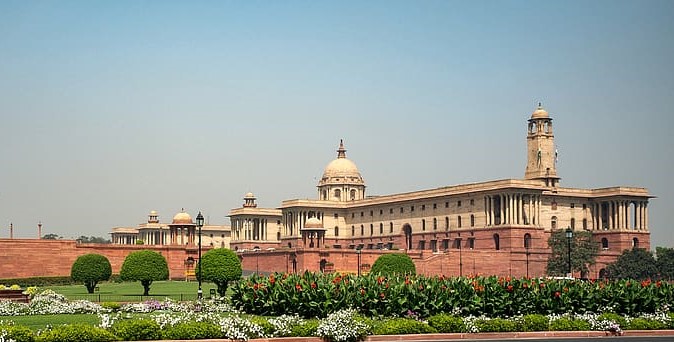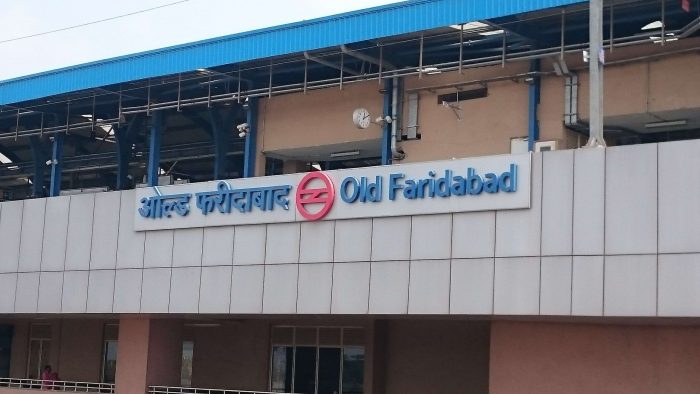History of Faridabad | Faridabad City Information
Faridabad City and its district by same is part of the Haryana state of India. It’s about 25 Kilometers away from ISBT Delhi & bounded by the Union Territory of Delhi ( Nation Capital) on its north, Gurgaon District on the west, and the state of Uttar Pradesh ( Noida & Greater Noida) on its east and district Palwal towards the south.
The river Yamuna separates the District on the eastern side from the Uttar Pradesh state. Delhi – Agra National Highway No 2 ( Shershah Suri Marg) passes through the center of the District. It has a railway station on the Delhi-Mathura railway line of the Indian Railway.
also read about Faridabad Population
The history of the development of the present-day Faridabad started in 1607 AD. Sheikh Farid, Treasure of Jahangir, laid the foundation of the city of Faridabad (‘Old Faridabad’ today) to protect the imperial Delhi- Agra highway, which passed through this route. He built a fort, a tank, and a mosque. Afterward, it became the headquarters of a pargana which was held in Jagir by the Ballabgarh ruler. After the rebellion of 1857, their estate was confiscated by the British Raj & The territory of Ballabhgarh was added to the Delhi district. It was constituted a municipality in 1867.
In 1950, after the partition of India, there was a large influx of refugees from Pakistan. Industries were established in order to rehabilitate them. After that, people from different communities, regions, and religions also settled in Faridabad. Initially, it was a part of the district of Gurgaon. On 15th August 1979, Faridabad was established as a separate district & became the 12th district of the Haryana state.
Culture and Heritage - History of District Faridabad
The region around Faridabad enjoys much greater antiquity, going back to the Mahabharata era. Tilpat or Tiliprashta in Faridabad district is believed to be one of the five pats (Sonipat, Panipat, Indraprastha, Bagpat & Tilpat) demanded by the Pandavas as a part of their share of the kingdom.
From 300-250 BCE It was part of the extended Maurya Empire & under the Maurya control. Its break-up resulted in paving inroads for foreign invaders like the Bactrians, Greeks, Parthians, Scythians and Kushanas. The region also formed a part of Harsha’s empire in the first half of the seventh century and then of the Gurjara-Partiharas.
After the decline of Pratihara, Faridabad region came under Tomar Rajputs. The village of Anangpur (or Anekpur or Arangpur) still preserves remnants of that age. Anangpur (named after Anangpala Tomar ) is an important prehistoric site. There exists an ancient kund or water tank 2 km south of this site and a medieval dam inside it. The Tomaras held this region till Visaladeva Chahamana conquered Delhi about A. D. 1156. In the time of Akbar (A.D. 1556-1605), the area covered by the present Faridabad district was contained in Subah of Delhi and Agra.
During the period of the Mughal Empire after the death of Aurangzeb, the area was torn between several contending powers. Gopal Singh, a Tewatia Jat, the founder of the princely state of Ballabgarh (currently Tehsil of Faridabad District), migrated from Alwalpur village in 1705 and established himself at Sihi (5 kilometers from Ballabhgarh). Gopal Singh grandson Balram Singh later rose to be a powerful king. His successors remained the kings of the Ballabgarh & Faridabad region but constantly under the influence of Mughals, Jat rulers (Surja Mal) of Bharatpur & eventually Marathas.
In 1803, after the Treaty of Surji-Anjangaon area was transferred to the British by the Maratha Empire. British confirmed Ajit Singh’s son Bahadur Singh as an independent ruler of Ballabhgarh jagir and it remained an independent princely state until the Indian Rebellion of 1857. The last ruler of this dynasty was Raja Nahar Singh, a martyr of 1857 war of independence. As Ballabgarh raja took part in the mutiny, estate confiscated by the British Raj & was added into the Delhi district as a new tehsil, which was now made part of Punjab, while Faridabad became the headquarters of the pargana till now in jagir by the Ballabgarh rulers. It was made a municipality in 1867.
in 1947, Faridabad became a part of independent India and fell under the Indian state of Punjab. In 1966, the city came under the administration of Haryana with the creation of the new state.
Faridabad - The Industrial City
As per provisional reports of Census of India, the population of Faridabad in 2011 was 632,272. Faridabad City is located in the Faridabad district of Haryana state close to NCT of Delhi.
Faridabad has well-connected networks of road and electricity. Faridabad is well connected with other parts of the country by Rail and Road. The broad gauge railway line of Northern and North- Central Railway passes through the District and most of the trains going to South and west of India passes through the District. Also, Delhi- Mathura Agra road NH-2, passes through the middle of the district Faridabad.
There are now about 15,000 small, medium and large industries Faridabad district providing direct and indirect employment to nearly half a million peoples and ranks 9th largest industrial town in Asia. The combined turnover is estimated to be about Rs. 1500 billion. Many international/multinational companies like Whirlpool, Goodyear, Larson & Turbo, Asia Brown Bsoveri, GKN Invel, Woodward Governor, Castrol besides, Escorts, Eicher, Cutler-Hammer, Hyderabad Asbestos, Nuchem are located in this district.
The city is a part of the Faridabad (Vidhan Sabha) constituency and Faridabad (Lok Sabha) constituency. Krishan Pal Gujar is the Lok Sabha MP of Faridabad District, while Narender Gupta is the present MLA of Faridabad.
Know more about Haryana



